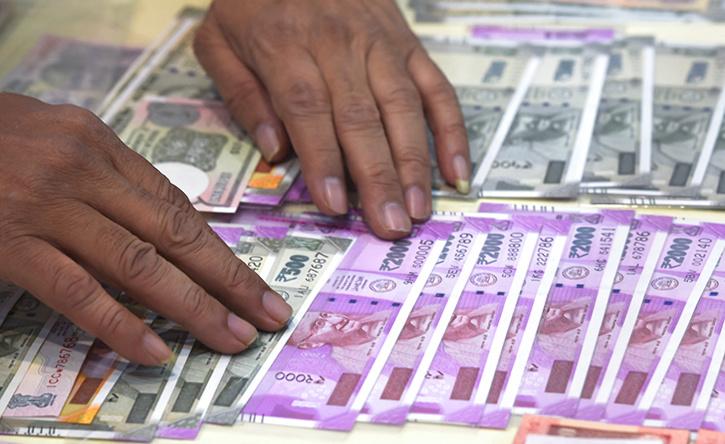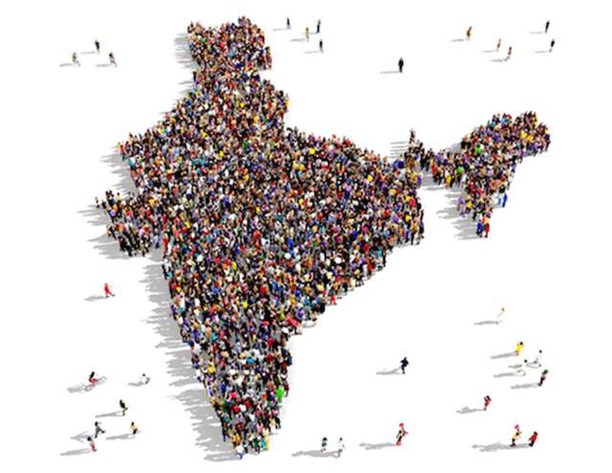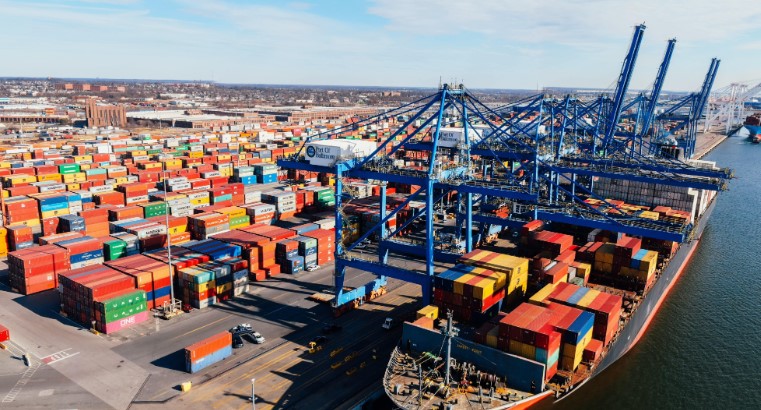
Relation between imbalance in economic growth and corruption
- जुलाई 14, 2023
- 0
Some sectors of the economy show strong growth, but some sectors keep slipping. Overall this growth is like the letter ‘K’ in which one part goes up while the other goes down. The saddest aspect of ‘K’ shaped growth is that some people make rapid economic progress while a large section of the population slips economically.
The government has responded to this disproportionate growth by trying to reduce income inequality by taxing the wealthy a little more. Its economic importance will be less and political purpose will be more. Unless the government finds a way to reach the source of this income inequality or in other words expenditure inequality, no concrete results will emerge. This situation leads us to the question why India is going through ‘K’ shaped growth? While the central government is pouring money with both hands into the rural areas of the country through various schemes.
The government has also been claiming that the amount is directly reaching the beneficiaries through ‘Jan Dhan’, ‘Aadhaar’ and ‘Mobile’ and there is no loot of any kind. It is possible that the actual inflation rate has been much higher than the official figures, which has adversely affected the spending capacity of the middle class and poor people. But we can guess to some extent that why the economic condition of some rich people is touching new heights every day. The short answer may be rampant corruption.
There is corruption in all the states, corporations and panchayats of the country. Corruption everywhere is hindering India’s economic progress as it stalls the cycle of enterprise, productivity and wealth creation. Widespread corruption also sends a wrong message that it is no longer a matter of shame for the powerful to make money by wrong means and spend unjustifiably.
For a poor country to become economically prosperous and reduce income inequality, it needs to register a high rate of sustained growth over many years. Only when this happens, crores of people will be able to get out of the abject poverty. This will be possible only when inflation remains low (2-3 per cent) and interest rates remain low and currency stable. But the real inflation rate in India is at a high level and the rupee has also weakened which is a symptom of internal economic weakness. It is just like when high fever indicates an infection in the body.
In the case of the Indian economy, this transition is corruption, which increases costs, reduces investment, affects enterprise, and affects productivity. This results in higher inflation, higher interest rates and a weaker rupee. Due to unfavorable conditions from all sides, the consumption among the people also decreases. Eliminating corruption is not only a moral issue but also necessary from an economic point of view. This is especially necessary when we aspire to become an economic superpower.
आर्थिक वृद्धि में असंतुलन और भ्रष्टाचार का संबंध
अर्थव्यवस्था के कुछ क्षेत्रों में तो मजबूत वृद्धि दिखती है मगर कुछ क्षेत्र लगातार फिसलते जाते हैं। कुल मिलाकर यह वृद्धि अंग्रेजी के “K” अक्षर की तरह होती है जिसमें एक हिस्सा ऊपर जाता है जबकि दूसरा नीचे जाता है। “K” आकृति वाली वृद्धि का सबसे दुखद पहलू यह है कुछ लोगों की आर्थिक प्रगति तेज रफ्तार से होती है मगर आबादी का एक बड़ा हिस्सा आर्थिक रूप से फिसलता जाता है।
सरकार ने इस असंतुलित वृद्धि पर अपनी प्रतिक्रिया के रूप में धनाढ्य लोगों पर थोड़ा और कर लगाकर आय में असमानता दूर करने का प्रयास किया है। इसका आर्थिक महत्त्व कम और राजनीतिक उद्देश्य अधिक होगा। जब तक सरकार इस आय असमानता या दूसरे शब्दों में कहें तो व्यय में असमानता के स्रोत तक पहुंचने का रास्ता नहीं तलाशती तब तक कोई ठोस नतीजा सामने नहीं आएगा। यह स्थिति हमें इस प्रश्न की ओर ले जा रही है कि भारत क्यों “K”आकृति वाली वृद्धि से गुजर रहा है? जबकि केंद्र सरकार विभिन्न योजनाओं के जरिये देश के ग्रामीण क्षेत्रों में दोनों हाथों से पैसा डाल रही है।
सरकार यह भी दावा करती आ रही है कि ‘जनधन’, ‘आधार’ और ‘मोबाइल’ के जरिये रकम सीधे लाभार्थियों तक पहुंच रही है और किसी भी तरह की लूट नहीं हो रही है। यह संभव है कि वास्तविक महंगाई दर सरकारी आंकड़ों से कहीं अधिक रही हो जिससे मध्यम वर्ग और गरीब लोगों की व्यय क्षमता पर प्रतिकूल असर हुआ हो। मगर कुछ हद तक यह अनुमान लगाया जा सकता है, कि क्यों कुछ धनाढ्य लोगों की आर्थिक स्थिति रोज नई बुलंदियां छू रही हैं। इसका संक्षिप्त उत्तर बड़े स्तर पर फैला भ्रष्टाचार हो सकता है।
देश के सभी राज्यों, निगमों और पंचायतों में भ्रष्टाचार है। हरेक जगह भ्रष्टाचार से भारत की आर्थिक प्रगति बाधित हो रही है, क्योंकि यह उद्यम, उत्पादकता और धन सृजन के चक्र को रोक देता है। हर जगह फैले भ्रष्टाचार से एक गलत संदेश यह भी जाता है कि ताकतवर लोगों के लिए गलत तरीके से धन अर्जित करना और अनुचित व्यय करना लज्जा का विषय नहीं रह गया है।
किसी गरीब देश को आर्थिक संपन्न होने और आय में असमानता कम करने के लिए कई वर्षों तक निरंतर ऊंची वृद्धि दर दर्ज करनी होगी। ऐसा होने पर ही करोड़ों लोग घनघोर गरीबी से बाहर निकल पाएंगे। ऐसा तभी संभव हो पाएगा जब महंगाई कम (2-3 प्रतिशत) रहेगी और ब्याज दर निचले स्तर पर और मुद्रा स्थिर रहेंगी। मगर भारत में वास्तविक महंगाई दर ऊंचे स्तर पर है और रुपया भी कमजोर हुआ है जो आंतरिक आर्थिक कमजोरी का लक्षण है। यह ठीक उसी तरह है जब तेज बुखार शरीर में किसी संक्रमण का संकेत देता है।
भारतीय अर्थव्यवस्था के मामले में यह संक्रमण भ्रष्टाचार है जो लागत बढ़ाता है, निवेश घटाता है और उद्यमों को प्रभावित करने के साथ ही उत्पादकता पर असर डालता है। इसका नतीजा ऊंची महंगाई, ऊंची ब्याज दरें और कमजोर रुपये के रूप में दिखता है।
































































